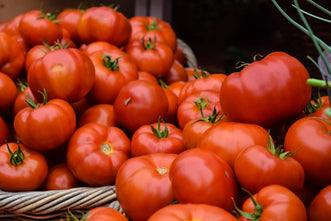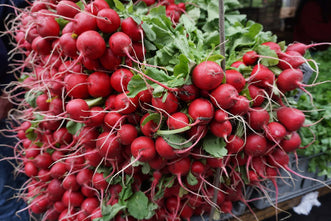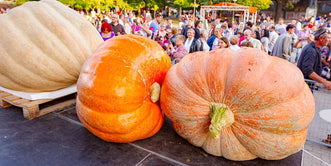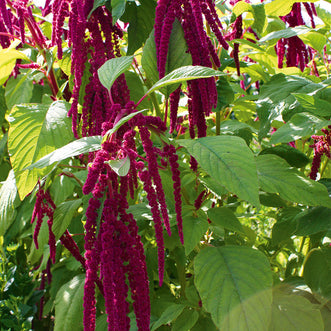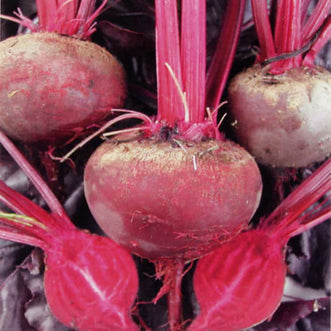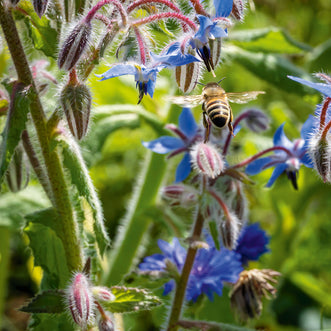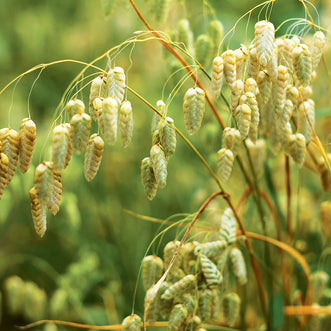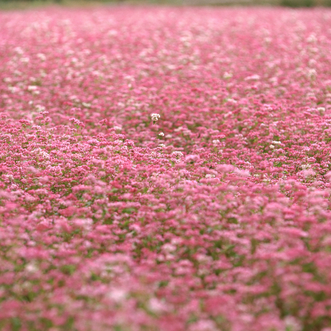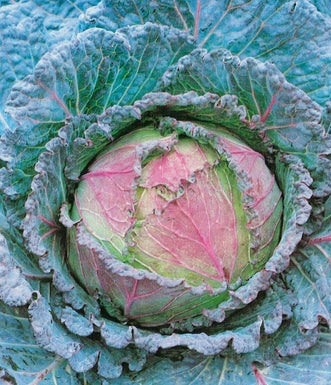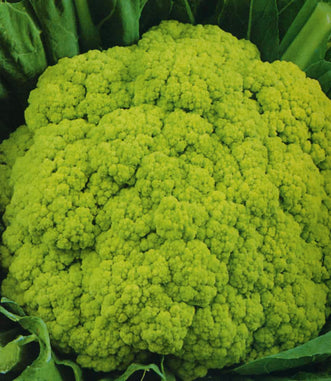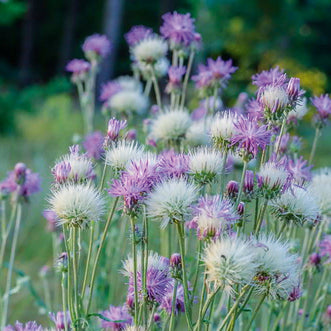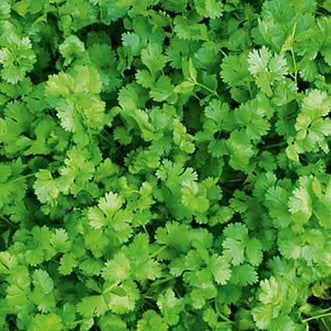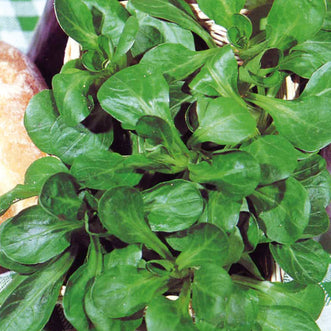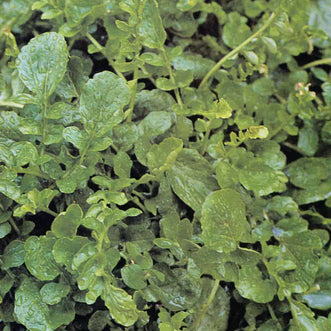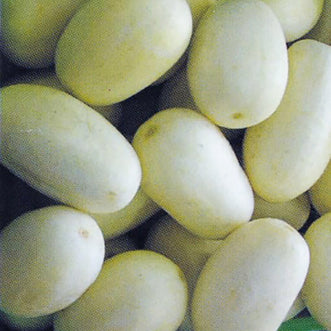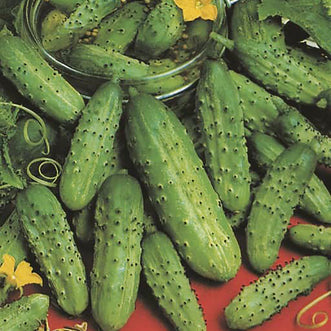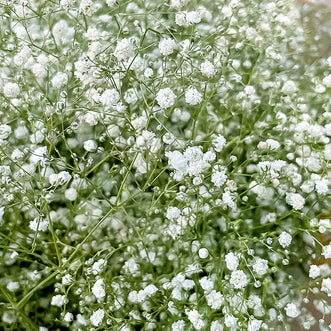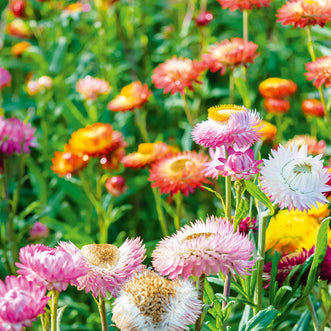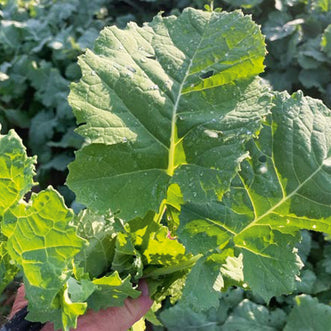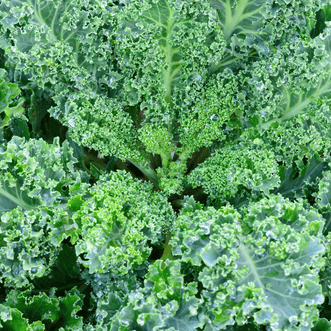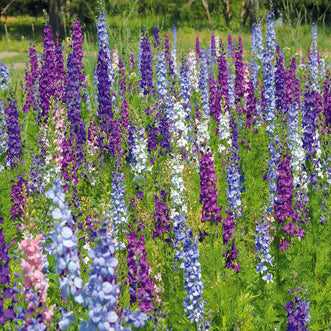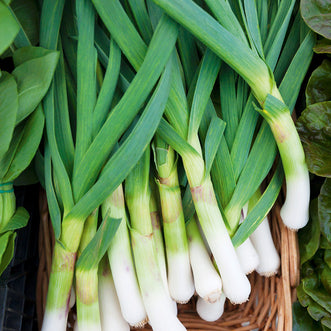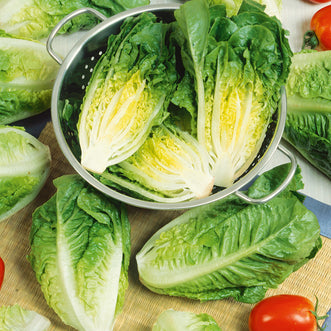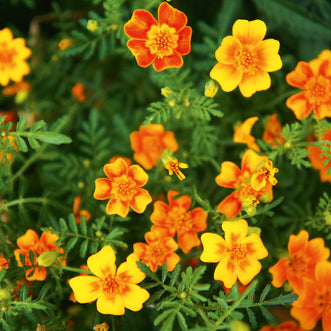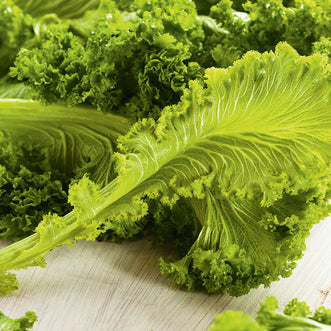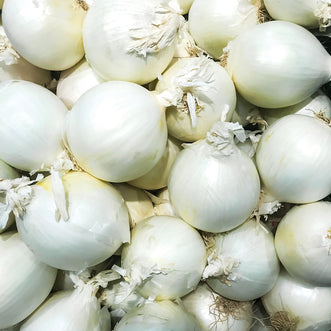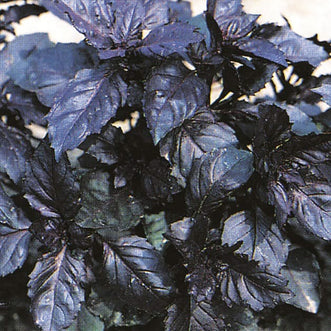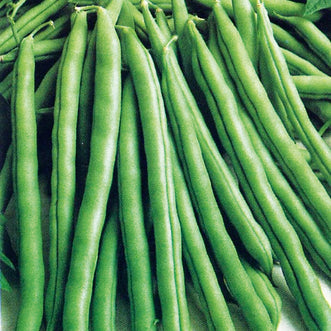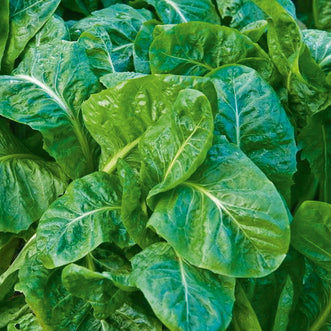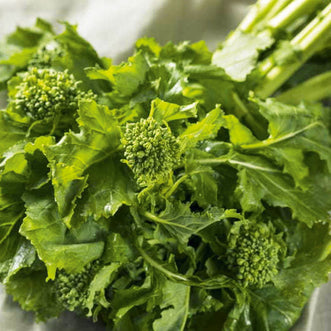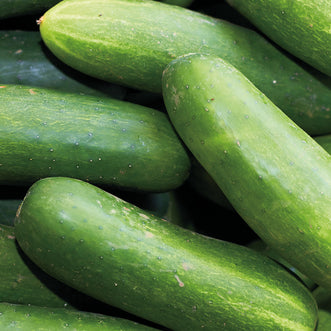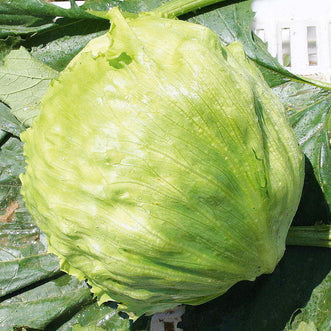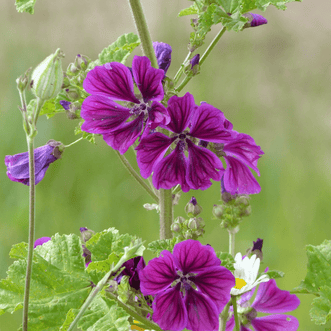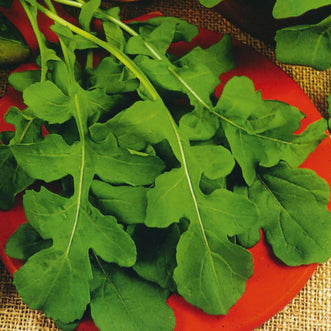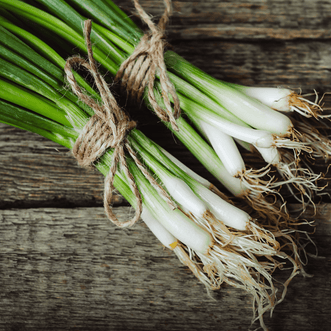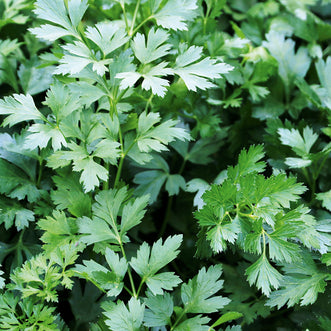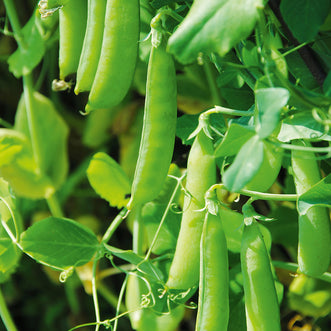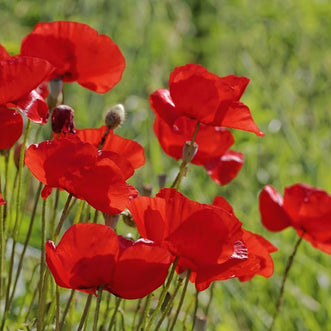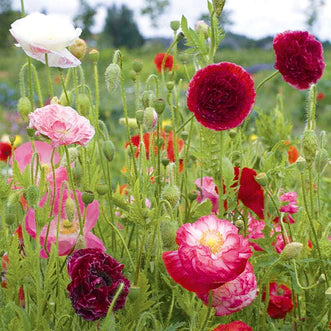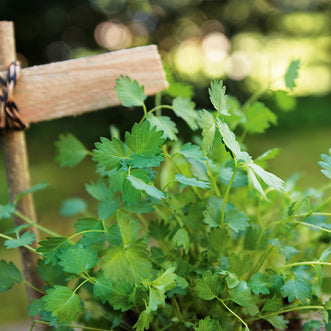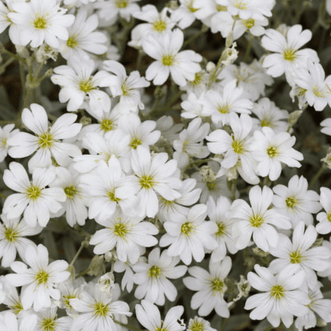How to Grow Climbing Beans
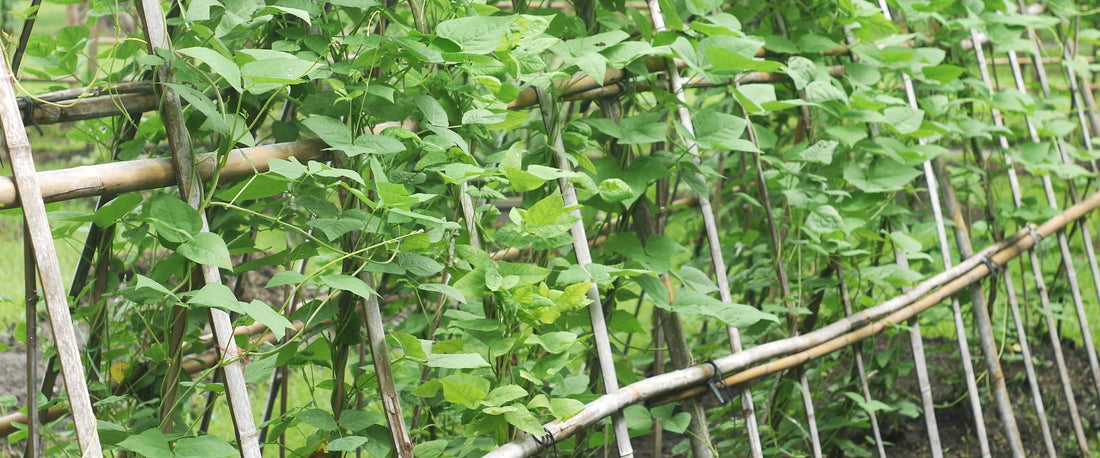
Runner Beans
Dwarf or Runner? Many gardeners have a preference for dwarf or bush beans and the same goes for tomatoes and peas. An important factor for gardeners wishing to grow taller varieties of beans is simply due to vertical space – is there enough climbing space to allow your beans to run?
Personally, I prefer growing the climbing varieties – more beans! A bigger harvest can be achieved with fewer plants. Having a small garden, I've created as much trellis as possible to facilitate this. I find threading the growing vines up the frames a satisfying job and it never ceases to amaze me how the plants tendrils curl around the framing.
In our Organic range, we have:
In our Gourmet Vege range, we have:
How to Grow Them
Beans are best sown directly, as they dislike their roots being disturbed. However, I have noticed that many plant shops and nurseries are now selling bean seedlings so there must be a market out there for them.

Sow your seeds when the last frosts have been and gone, in well composted soil close to your climbing frame. Late October/early November is a good time to start, and then stagger your planting by a couple of weeks if you want to grow a crop through to autumn.
I like to sow two seeds in each position and then remove the weaker seedling when they are up. Seeds can be planted 20-30cm apart. Protect the seedlings from slugs and snails. Keep your soil well watered, as beans require moisture to crop well. They also require pollination, so plant some bee friendly plants to help attract the bees.
When the beans are starting to climb, thread them gently up your vine. Once you have them started, they will only need the odd redirection.

The vines will require very little care except to remove the odd dead leaves or branch. The growing tip can be nipped out once the vines reach the top of your trellis and this will encourage branching.
Harvest your beans regularly to encourage further pod production.
Beans are best sown directly as they dislike their roots being disturbed. However, I have noticed that many plant shops and nurseries are now selling bean seedlings so there must be a market out there for them.
CREATING SPACE FOR CLIMBING BEANS
To achieve climbing room, I split my main vege garden down the middle with posts and created climbing frames running through the middle of the garden. Doing this has created a bit of shade in the afternoon for the garden as well. The climbing material varies from year to year as it tends to break down with the sun or gets cut accidentally when removing the vines at the end of the season.
-
Run string horizontally from post to post at intervals of 20cm
-
OR run strings vertically for each vine
-
Staple open weave mesh of some kind between the posts
Creating bamboo tee-pee frames has also been very successful and I run string horizontally between the three or four sticks of bamboo. These are better for when rotating your crops each year.(Read our previous blog about crop rotation.



